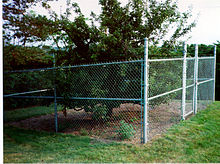
Essex County is a county in the northeastern part of the U.S. state of Massachusetts. At the 2020 census, the total population was 809,829, making it the third-most populous county in the state, and the seventy-eighth-most populous in the country. It is part of the Greater Boston area. The largest city in Essex County is Lynn. The county was named after the English county of Essex. It has two traditional county seats: Salem and Lawrence. Prior to the dissolution of the county government in 1999, Salem had jurisdiction over the Southern Essex District, and Lawrence had jurisdiction over the Northern Essex District, but currently these cities do not function as seats of government. However, the county and the districts remain as administrative regions recognized by various governmental agencies, which gathered vital statistics or disposed of judicial case loads under these geographic subdivisions, and are required to keep the records based on them. The county has been designated the Essex National Heritage Area by the National Park Service.
Perry or pear cider is an alcoholic beverage made from fermented pears, traditionally in England, particularly Gloucestershire, Herefordshire, and Worcestershire, parts of South Wales and France, especially Normandy and Anjou, Canada, Australia and New Zealand.

Salem is a historic coastal city in Essex County, Massachusetts, United States, located on the North Shore of Greater Boston. Continuous settlement by Europeans began in 1626 with English colonists. Salem was one of the most significant seaports trading commodities in early American history.

Danvers is a town in Essex County, Massachusetts, United States, located on the Danvers River near the northeastern coast of Massachusetts. The suburb is a fairly short ride from Boston and is also in close proximity to the beaches of Gloucester, Ipswich and Revere. Originally known as Salem Village, the town is most widely known for its association with the 1692 Salem witch trials. It was also the site of Danvers State Hospital, one of the state's 19th-century psychiatric hospitals. Danvers is a local center of commerce, hosting many car dealerships and the Liberty Tree Mall. As of the 2020 United States Census, the town's population was 28,087.
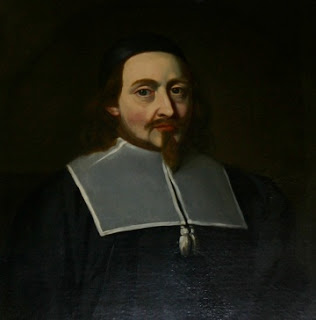
John Endecott, regarded as one of the Fathers of New England, was the longest-serving governor of the Massachusetts Bay Colony, which became the Commonwealth of Massachusetts. He served a total of 16 years, including most of the last 15 years of his life. When not serving as governor, he was involved in other elected and appointed positions from 1628 to 1665 except for the single year of 1634.

William Crowninshield Endicott was an American politician and Secretary of War in the first administration of President Grover Cleveland (1885–1889).

The North Shore is a region in the U.S. state of Massachusetts, loosely defined as the sea coast between Boston and New Hampshire. Its counterpart is the South Shore region extending south and east of Boston.
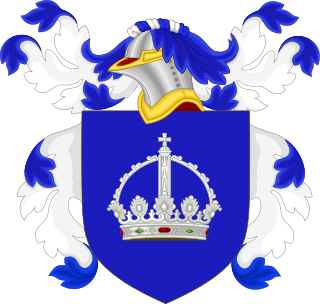
The Crowninshield family is an American family that has been prominent in seafaring, political and military leadership, and the literary world. The founder of the American family emigrated from what is now Germany in the 17th century. The family is one of several known collectively as Boston Brahmins.
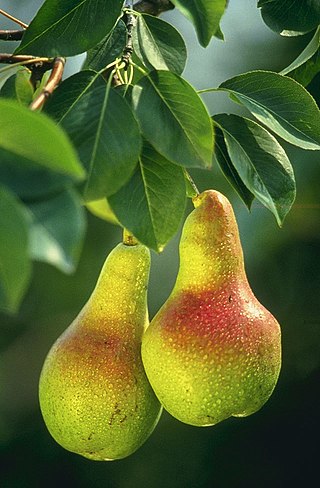
Pyrus communis, the common pear, is a species of pear native to central and eastern Europe, and western Asia.

The Danvers State Hospital, also known as the State Lunatic Hospital at Danvers, The Danvers Lunatic Asylum, and The Danvers State Insane Asylum, was a psychiatric hospital located in Danvers, Massachusetts. It was built in 1874, and opened in 1878, under the supervision of prominent Boston architect Nathaniel Jeremiah Bradlee, on an isolated site in rural Massachusetts. It was a multi-acre, self-contained psychiatric hospital designed and built according to the Kirkbride Plan.

Roger Conant was an New England colonist and drysalter credited for establishing the communities of Salem, Peabody, Beverly and Danvers, Massachusetts.

The 1804 New England hurricane was the first tropical cyclone in recorded history known to have produced snowfall. An unusual late-season storm in 1804, it yielded vast amounts of snow, rain, and powerful winds across the northeastern United States. Prior to its approach towards the East Coast of the United States, it passed through the Caribbean Sea on October 4, and later emerged near Georgetown, South Carolina. By early on October 9, a trough near the Virginia Capes turned the disturbance toward New England. Soon thereafter, the hurricane's abundant moisture clashed with an influx of cold Canadian air, leading to the deepening of the resulting pressure gradient and provoking inland intensification. While situated over Massachusetts, it attained its peak intensity of 110 mph (175 km/h), undergoing an extratropical transition. Even as it drifted towards the Canadian maritimes, consequently gradually weakening, precipitation persisted for another two days before the snowstorm finally subsided on October 11.

The Rebecca Nurse Homestead is a historic colonial house built ca. 1678 located at 149 Pine Street, Danvers, Massachusetts. It had many additions through the years, eventually being historically restored and turned into a museum in 1909. Today it is owned and operated by the Danvers Alarm List Company, a volunteer non-profit organization of Revolutionary War reenactors, and is part of the Salem Village Historic District.

Glen Magna Farms is a historic country estate located at the end of Ingersoll Street, Danvers, Massachusetts. It is currently owned by the Danvers Historical Society and open daily. An admission donation is suggested. Guided tours of the house and gardens are offered from May to July and includes a box lunch.

The Marshall strawberry is a cultivated variety of Fragaria ananassa, that is known for an "exceptional" taste and had been described as "the finest eating strawberry" in America.

The Williams' bon chrétien pear, commonly called the Williams pear, or the Bartlett pear in the United States and Canada.
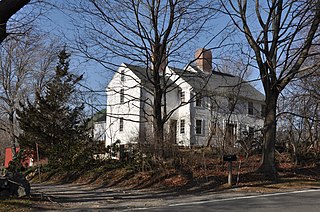
The Rea-Proctor Homestead is a historic First Period house at 180 Conant Street in Danvers, Massachusetts. It is notable not only for its age, but its association with a number of well-known individuals. The oldest part of the house was built c. 1692 by Joshua Rea Sr., whose son, Joshua Jr., testified at the Salem witch trials on behalf of John Proctor. It remained in the Rea family until 1803, and from 1804 to 1806 it was owned by one of Massachusetts's leading statesmen, Timothy Pickering. The house was updated to a Federalist style by Isaac Rea, the last of that family to own the property. Pickering was a gentleman farmer, running agricultural experiments on the farm and taking detailed notes of his work. He helped found the Essex Agricultural Society, the first organization of its type. In 1812 the property was purchased by Daniel Proctor, and it has since remained in the hands of his descendants.
Spring Pond, United States, abuts the three cities of Lynn, Peabody and Salem. In the center of these townships "is a beautiful pond". It is a secluded lake known by residents of the three cities and visitors who come to enjoy the camps, trails and natural environment of the woods. "It is in fact one of the most picturesque and romantic lakelets in Massachusetts". Stretching from Spring Pond to Marlborough Road in Salem, the pond and woods form a microcosm of beauty. On the edge of Spring Pond was once the Fay Farm, an English manor estate in New England. The mansion of Fay Farm was a well-known hotel in 1810, when the springs of these areas were believed to possess medicinal qualities. People visited the springs near Spring Pond to restore health, and worship the goddess Hygeia and drink from the rusty iron-rich water trickling from the foot of a bank. Later, some traveled there solely for fun and frolic. The hotel was then converted into a private residence. The waters of Spring Pond are conveyed by springs from an aquifer lying below Spring Pond through Peabody, Lynn and Salem. Spring Pond is listed as one of the "Massachusetts Great Ponds".
The National Clonal Germplasm Repository is a branch of the Agricultural Research Service research agency of the United States Department of Agriculture (USDA). The Repository is a gene bank that preserves genetic resources by various means, including cryopreservation. There are nine clonal repositories located in appropriate locations throughout the United States. Germplasm of citrus plants and dates are preserved in Riverside, California, a distribution center for grapes, temperate fruit, walnut, almond and pistachio nuts is located in Davis, California, and the repository for temperate small fruit, berries, pears, hazelnut, butternut and specialty crops is located in Corvallis, Oregon. The base gene bank for the USDA National Germplasm System is the National Center for Germplasm Preservation at Ft. Collins, CO. This center holds seeds of agronomic crops, cryopreserved clonal plant materials, animal, and bacterial germplasm.
